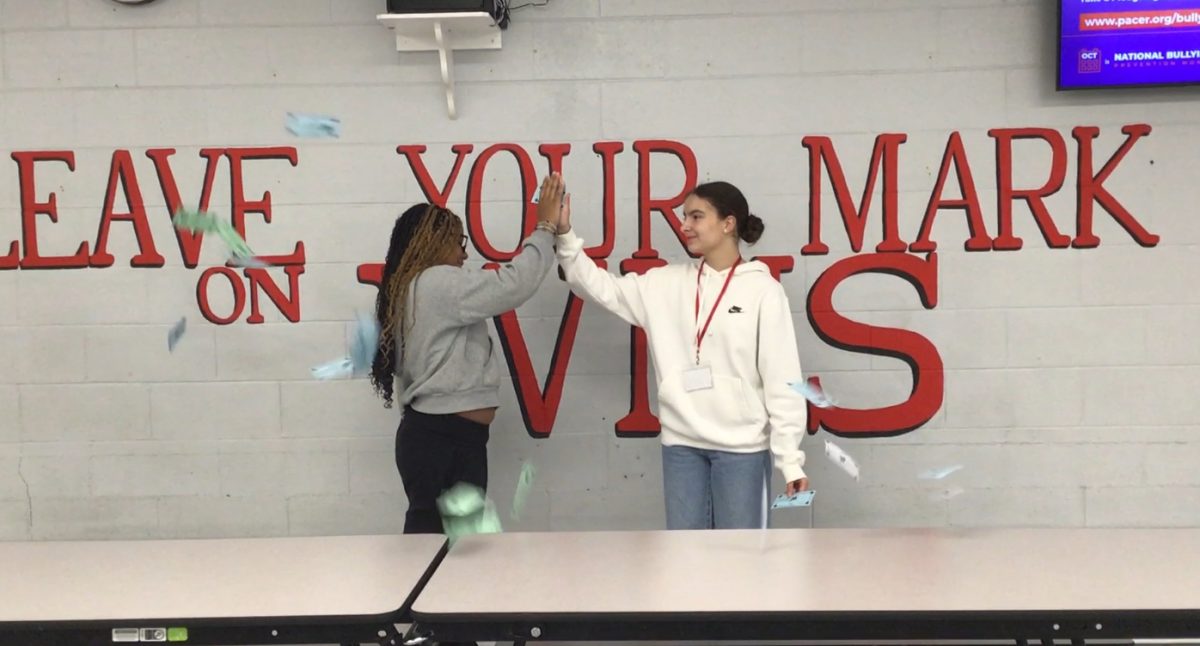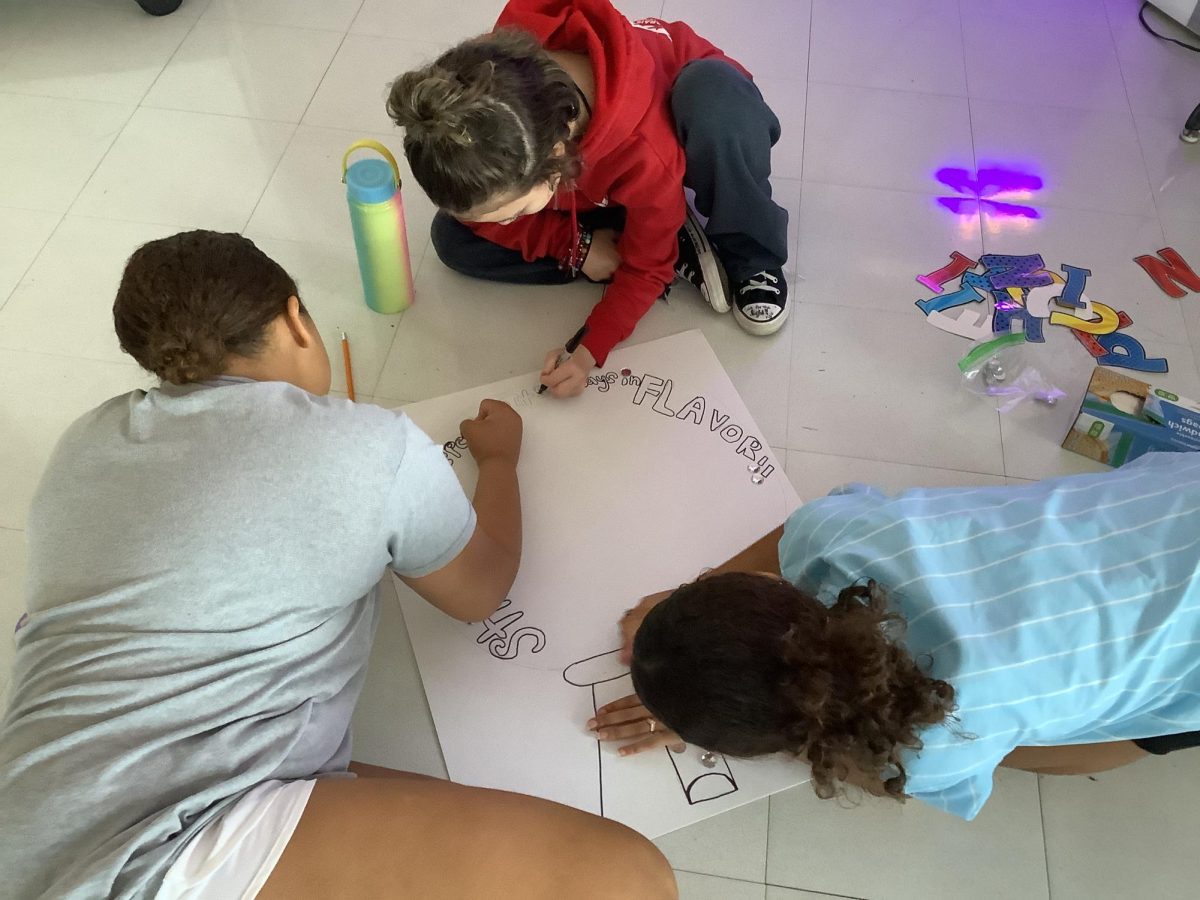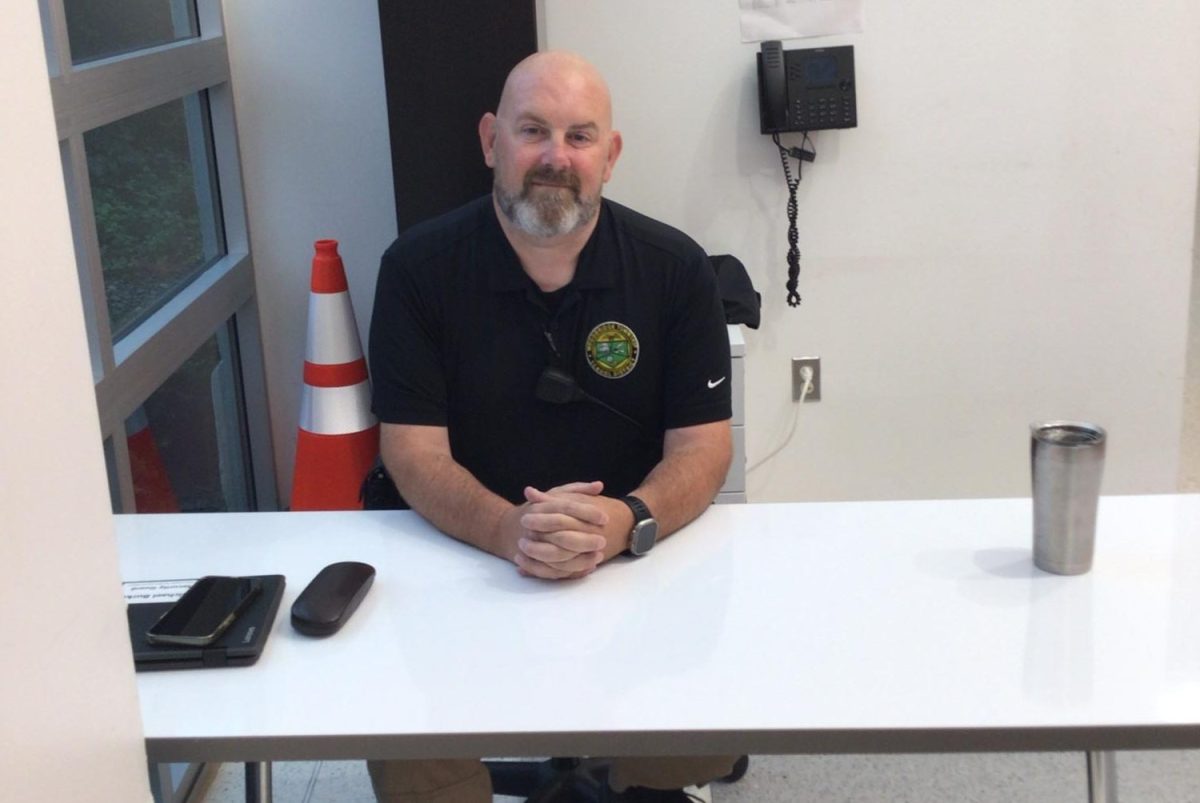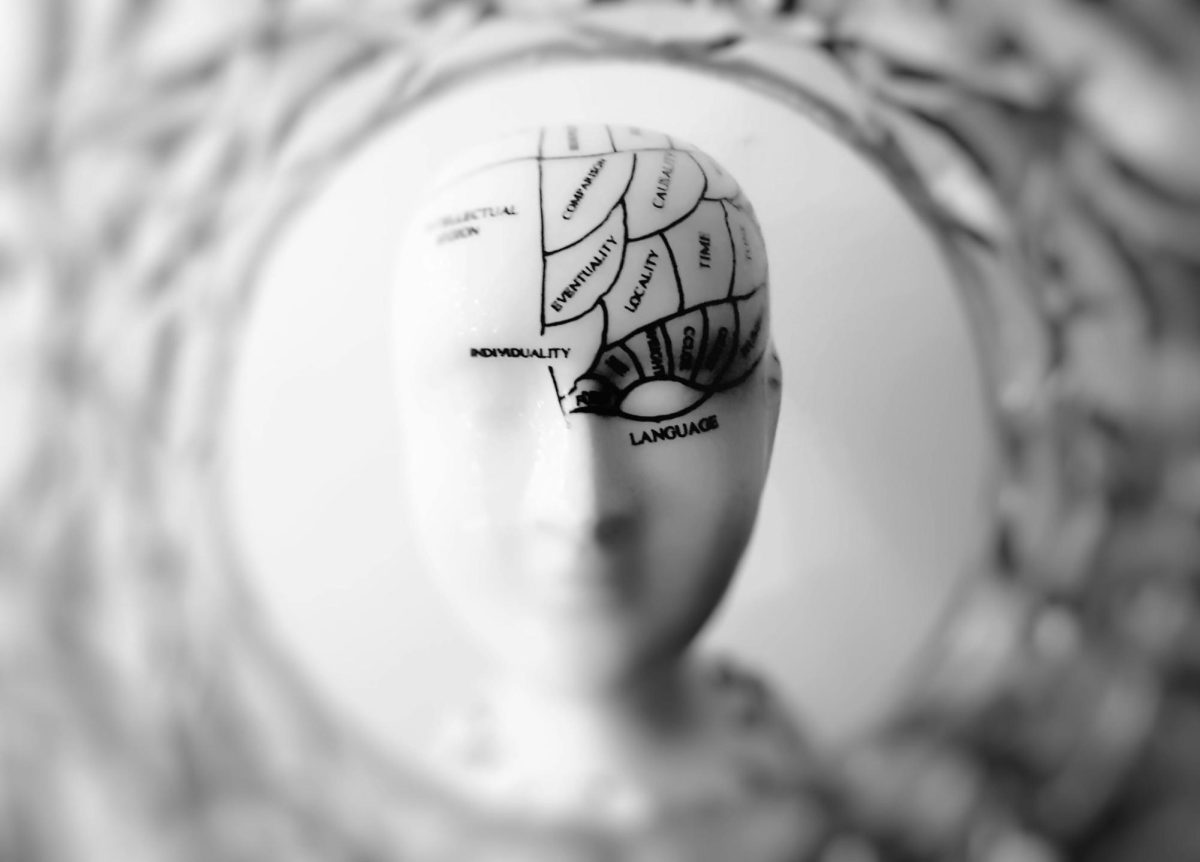Did you know that by 2050, 35% of our animals and plants will become extinct? By 2031, lions, tigers, and other big cats will be at risk of becoming extinct. By 2029, the Black Rhinoceros population will decrease by 30%. Our environment is quickly falling apart, and unfortunately, we are the main problem. Why is this happening? A few reasons are ocean pollution, deforestation, and climate change. All of these issues are causing animals to lose their homes and risk extinction. Without animals, our daily lives would be dramatically different. That’s why we need to work together and save our planet.
Ocean Pollution:
Ocean pollution is the contamination of the ocean, harmful chemicals, and substances like trash that are greatly affecting marine life and our lives. Numerous things cause ocean pollution, such as oil spills, industrial waste, sewage, ocean mining, illegal dumping, etc. Mr Olvesen, a science teacher at WMS said, “There is so much garbage in the Pacific Ocean, and there’s a larger section of garbage the size of the state of Texas in the middle of the Pacific Ocean.” Ocean pollution harms both humans and animals by contaminating the food chain, damaging habitats, and causing health problems from consuming harmful plastic and toxins.
Deforestation:
Deforestation is the thinning or clearing of forests by humans. Deforestation occurs because we use trees as resources, such as for agriculture, logging, or even clearing areas to be used for mines or farms. Mr. Olvesen at WMS said, “You can’t grow the tree back as quickly as you can use it.” Every year, around 15 billion trees are cut down, which is approximately 42 million a day, cutting down trees at such a fast pace that it could lead to the next mass extinction. Deforestation harms our environment, humans, and animals by leading to habitat loss, contributing to climate change, and can even result in the extinction of species.
Animal life:
Animal life encompasses a diverse range of living beings belonging to the animal kingdom. In 1980, the U.S. The Fish and Wildlife Service listed 16 species as endangered or threatened. In 2010 54 species were listed as endangered or threatened. In 2025 over 157,100 animal species have been listed as endangered with 44,000 species near extinction. The numbers have quadrupled since 1980 and they will continue increasing if we don’t work and try to save our earth. Animal life is very important to us because it plays a crucial role in maintaining healthy ecosystems, providing essential services like pollination and nutrient cycling, and contributing to human well-being. This is why we need to save our animals because without them, our ecosystem would crumble.
How can we save our ecosystem?
Saving our ecosystem won’t be easy, but the best thing we can do is try. Simple things like volunteering for cleanups in your community, shopping wisely, planting trees, or even using a bike instead of a car from time to time can help a lot. Recycling is also very important. For example, paper, cardboard, metal cans, and plastic bottle jugs all belong in the recycling bin. Make sure to follow your local recycling laws. Small things like this can make a big impact on our community.
Conclusion:
Now that we have informed you about the major issues that are going on, such as ocean pollution, deforestation, etc. Without animals in our ecosystem, we humans will most likely become extinct, and the Earth will be incapable of producing human life. Imagine a world filled with nothing but rock and destruction. That’s why it’s important to keep our animals safe, and our waters clean. You may be asking “Well, how can I help?”. Some ways to help are donating to charities that work to keep animals safe like https://oceana.org/, https://awionline.org, and https://trees.org/. These charities strive to keep animals safe and keep our environment clean. If you can’t donate, don’t worry. Simple things like cleaning up your local parks, recycling, and cleaning up your local beaches are also steps you can take to help our environment. Help the earth to help yourself.













